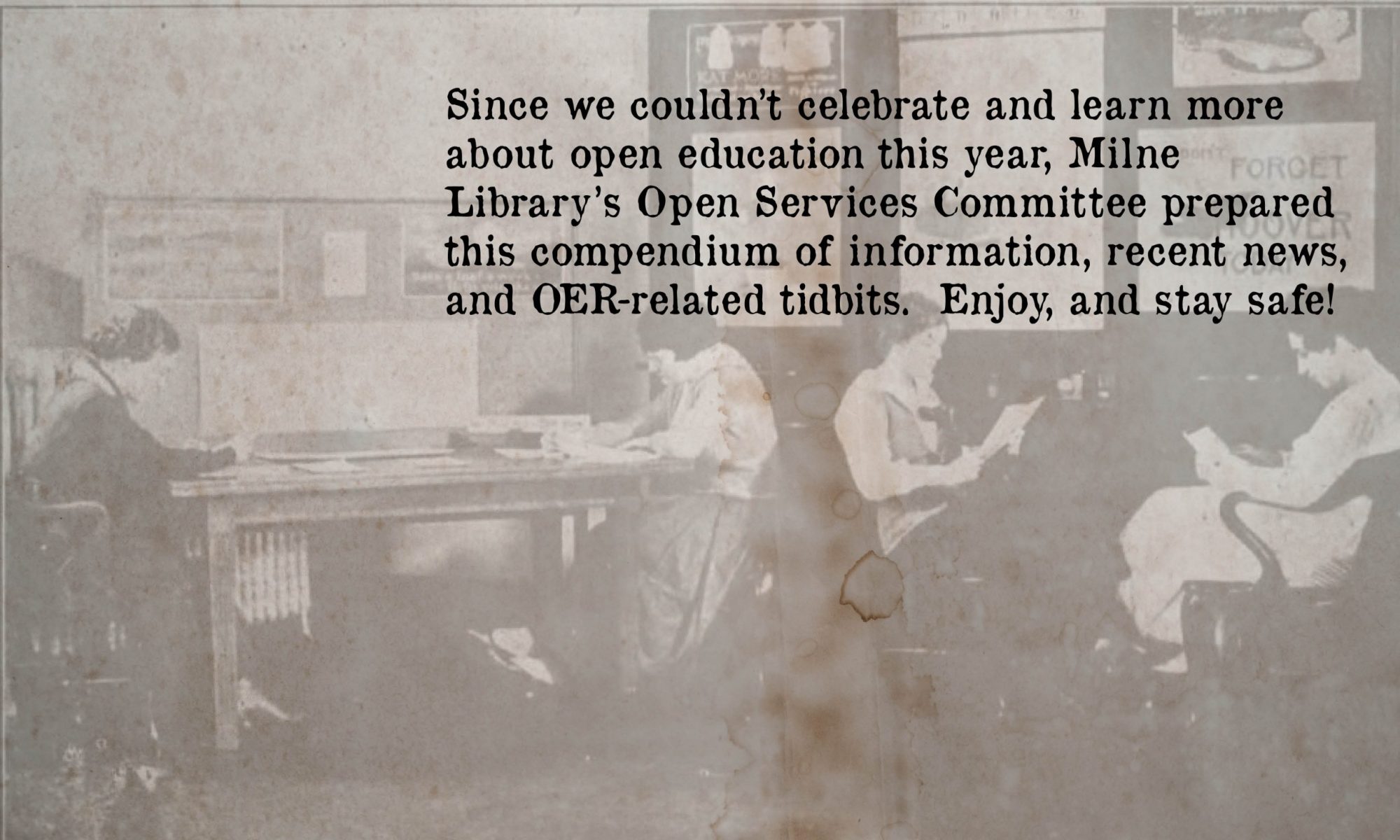Gillian Paku
In 2017 I adapted OER content for INTD 106: Conventions of College Writing from three Lumen Learning College Composition courses. I tailored these materials to fit Geneseo by selecting the pages that are most relevant to the fairly high skill level we encounter in our first-year writing course and by creating models and examples that reflect college-level courses across our liberal arts and general education curriculum, being mindful of our diversity, equity, and inclusion values. I framed the content with material about online learning, growth mindset pedagogy, and whole-student support. Where possible, I made that content location-specific – Geneseo names, examples, and issues – and directed students to on-campus resources. To promote engagement and provide structure in an asynchronous course, I laid out the content within Canvas, punctuated by quizzes and self-reflective writing assignments I had created. Canvas allowed me to take advantage of features like linear pre-requisites and module landing pages to employ cheerful graphics and reminders about how to progress efficiently.
The project’s inception in 2017 met the uncertain need for additional credits under NYS’s new Excelsior program, but that moment also represented an opportunity to rethink some persistent issues in our first-year writing course, INTD 105, of which INTD 106 has been the co-requisite. Instructors in INTD 105 vary in their comfort level with teaching the mechanics of standardized English; likewise, students vary in their pre-existing familiarity with conventions like documentation styles or sophisticated syntax. INTD 105 instructors already face a big task in teaching the moves of analytical writing, yet the equation of “good writing” with “good grammar” is persistent. Providing material on conventions is INTD 106’s primary reason for being: it is the only course on campus that focuses on the conventions of edited, standardized, written American English, although writing according to those conventions is an outcome of over 1200 courses across our curriculum. I wanted exposure to common college-level conventions to be widely accessible to new students, in a format flexible enough that students could concentrate on conventions that were new to them and felt genuinely useful rather than giving equal attention to long lists of partly familiar “rules.” The course can be fully asynchronous online, although it often operates with a face-to-face component for students who reach out to the tutors or the instructor of record. It has traditionally been graded S/U, for one credit.
I was fortunate to have the assistance of the Executive Director of SUNY OER Services on campus to guide me directly to the source material and to walk me through how to edit it. Geneseo’s Canvas team of instructional designers helped me set up the original version and discussed (often at length!) how best to achieve my goals in the iterations over the following two years. A summer stipend paid for my initial work, and Foundation, Milne Library, and Provost’s Office funding allowed me to present at and attend two national OpenEd conferences. The College also paid for a student assistant during the initial summer and for some help grading once the number of students climbed past six hundred per semester.
One circular design challenge was that in the asynchronous modality, the course’s growth objectives were explained in writing, but students who guessed incorrectly about the course’s purpose would almost by definition not read the writing that would have helped them understand it more accurately. Similarly, some students don’t absorb emails or announcements: all the writing about writing becomes too much, and more detailed explanations become their own barrier to a student actually reading the explanation. I was able to lessen many misunderstandings via instructional design elements and via my “fifteen-minute promise” that if a student would take up my invitation to attend office hours (in person or virtually), I could resolve almost any obstacle in that time.
Most students work through the course independently and not only find the material accessible, but also appreciate the pedagogical approach. For many, it is a pleasant change to be encouraged to view their writing not as something faulty to “fix” but rather as something positive to expand upon for reasons they themselves generate. INTD 106 is inclusive in its ability to move every student forward from wherever they individually begin and in its emphasis on process and reflection. It is equitable in its presentation of information that not every student has had prior access to and in allowing students to focus on and revisit material at their own pace. The OER format generates a free textbook: I admire the elegance whereby publicly available OER material creates an accessible resource at a public liberal arts college dedicated to inclusivity. Students do, I think, use it for the intended pedagogical goals: by asking students to define, incorporate, and reflect on the value of only six specific skills across the semester (rather than reinforcing unhelpfully vague advice to “use better grammar” or “fix your punctuation”), INTD 106 lets students spend enough time on certain skills in an authentic arena that those skills stick with the student and transfer to other writing scenarios to become new academic writing habits.
I’m proud of the inclusive and equitable pedagogical approach of the course and have enjoyed presenting it – always with students – both locally and nationally. Faculty who have incorporated it have found its design intuitive and its content useful. The most successful day-to-day moments have reflected its goals: students trying out precisely the conventions they are least sure of, rather than endlessly polishing existing skills, and being grateful, especially in this past eighteen months, for a course that lets them work at their own pace and that operates by encouragement and by endorsing self-efficacy.

